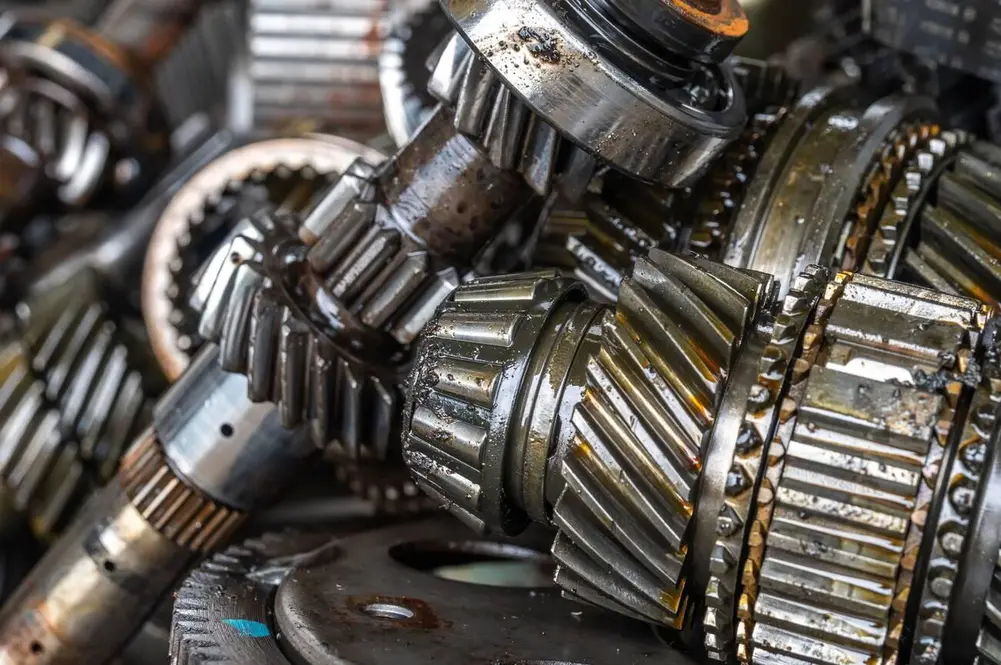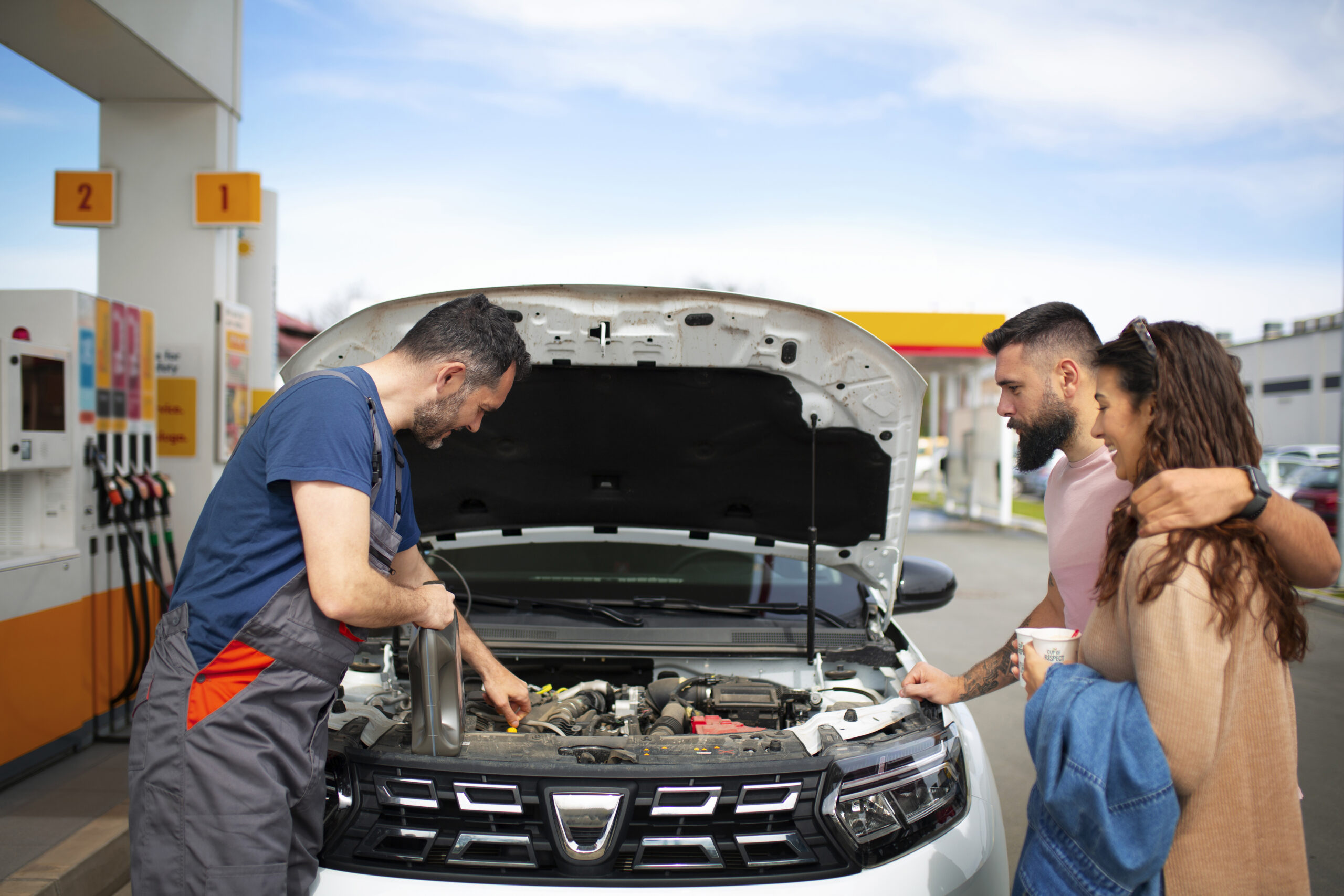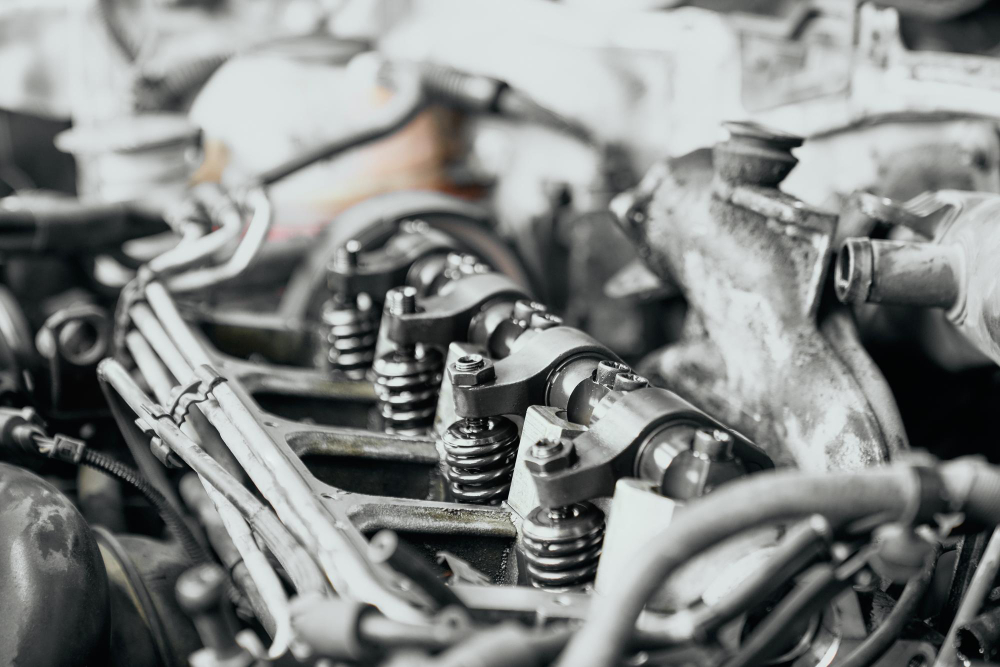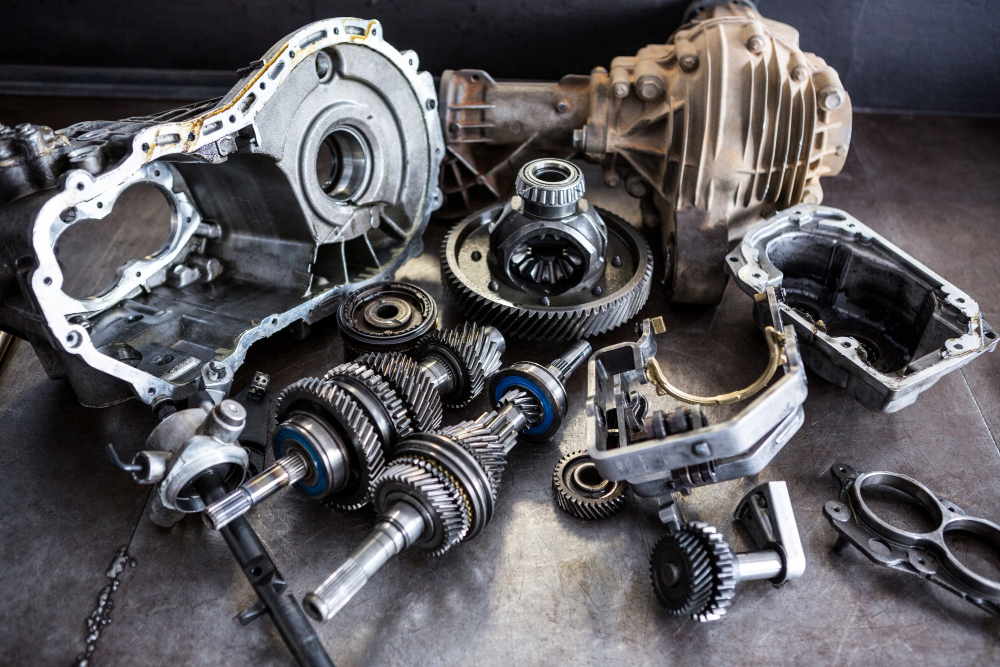Table of Contents
- Transmission 101 (Quick, I Promise)
- Why Everyone Panics When It Breaks
- Why Used Actually Makes Sense
- Real Story: My Friend’s Van
- Okay, But How Do You Not Get Screwed?
- Where Do You Actually Find Them?
- Red Flags That Your Transmission Is Toast
- What About Rebuilt vs Used vs Reman?
- How Much Will This Really Cost?
- Tips to Keep It Alive Longer
- FAQ (Stuff People Always Ask)
- The Bottom Line
Let me just say this up front: if you’re reading about transmissions, you’re probably stressed. Nobody Googles used transmission for fun. It usually means your car just scared the life out of you—gears slipping, engine revving like a race car, but your wheels barely moving. Yeah, I’ve been there. It’s not pretty.
So, let’s have an honest talk. Not the “textbook explanation” kind, but the “this actually happened to me (and probably you)” kind.
Transmission 101 (Quick, I Promise)
The transmission is basically the translator between your engine and wheels. The engine makes raw power, but it’s the transmission that decides how much of that power hits the pavement.
- Automatics? They shift for you. Nice and easy.
- Manuals? You’re the boss, but you’ve got to work the clutch and stick.
When it fails? Oh, you’ll know. Trust me. The car either lurches like a rollercoaster, makes noises you don’t want to hear, or just… doesn’t go.
Why Everyone Panics When It Breaks
Here’s the cold truth: a new transmission will cost you more than you want to know. Think $3,000 to $7,000 depending on the car. Sometimes more than the car itself is worth.
Picture this: your old Honda is running fine, then the transmission gives out. Do you really want to dump six grand into a car worth maybe $4,500 on a good day? Exactly.
That’s where the magic words come in: buy used transmission.
Why Used Actually Makes Sense
Now, a lot of people hear “used” and picture some greasy part yanked out of a dead car, tossed into a box, and handed to you. But that’s not how it works anymore. At least not with reputable sellers.
Here’s why it makes sense:
- Cheaper. Like 40–70% cheaper than new. That’s money back in your pocket.
- Faster. You can find used transmissions near me in a couple of phone calls.
- Tested. Many are pulled from running cars and actually inspected.
- Eco-friendly. You’re recycling. Less junk in landfills, less new metal mined.
So yeah—“used” doesn’t mean junk. It means smart.
Real Story: My Friend’s Van
Quick story. A buddy of mine drives a Dodge Caravan for deliveries. Transmission died at around 160,000 miles. Dealer told him $4,500 for a new one. He almost cried.
Instead, he went hunting. Found a used auto transmission with about 80,000 miles on it. Cost? $1,200 installed. Came with a 6-month warranty. He’s still using that van today, three years later.
That’s why people buy used. Not because it’s glamorous. Because it works.
Okay, But How Do You Not Get Screwed?
Good question. Buying used anything can feel like gambling. But there are rules. Follow these, and you’ll save yourself a ton of pain:
- Know your VIN. Seriously. It’s the cheat code. Gives sellers the exact match you need.
- Ask mileage. The fewer miles, the better. Under 100k is gold.
- Warranty. Even 90 days is better than nothing.
- Certified/tested. Don’t just take “it runs” as proof. Ask how it was tested.
- Installer matters. A perfect transmission installed badly = disaster. Don’t cheap out on labor.
Where Do You Actually Find Them?
You type used transmissions near me into Google, and a flood of results pops up. But here’s what you’ll really see:
- Salvage yards. Cheapest, but hit or miss. Some are amazing, some are sketchy.
- Parts dealers. More expensive, usually come with testing/warranty.
- Online marketplaces. Convenient but risky. Read reviews like your life depends on it.
- Mechanic’s hook-ups. Sometimes your mechanic already knows a reliable source.
Red Flags That Your Transmission Is Toast
Before you buy, make sure it’s actually the transmission. Signs include:
- Gear slipping
- Rough or delayed shifting
- Fluid leaks (that reddish puddle under your car—bad sign)
- Burning smell
- Check Engine Light (sometimes tied to transmission codes)
What About Rebuilt vs Used vs Reman?
This part confuses people. So here’s the no-BS breakdown:
- Used transmission: Taken out of a working car. Cheapest, fastest.
- Rebuilt: Opened up, bad parts swapped, put back together. Costs more.
- Remanufactured: Practically new, restored to factory specs. Costs a lot.
Which should you choose? If you’re on a budget → used. If you’ve got extra money and want longer life → rebuilt or reman.
How Much Will This Really Cost?
Let’s talk real numbers:
- Used transmission: $800–$1,500
- Labor: $500–$1,000
- Total: about $1,300–$2,500
Compare that to the $5k+ a dealer will happily charge you for new.
Tips to Keep It Alive Longer
Once you get your replacement in, don’t kill it early. Easy stuff:
- Check your fluid. Don’t let it run low.
- Fix leaks immediately.
- Don’t drive like you’re in Fast & Furious.
- Service it when recommended.
Do that, and even a used auto transmission can last another 80,000 miles.
FAQ (Stuff People Always Ask)
Is it safe to buy used?
Yes—if it’s tested, inspected, and comes with a warranty.
How long will it last?
Could be 50,000. Could be 100,000+. Depends on mileage and how you treat it.
Where’s the best place?
Start with salvage yards and certified sellers. “Used transmissions near me” will give you plenty of options.
Can I install it myself?
Unless you’re a pro mechanic with all the tools, don’t. Pay someone.
The Bottom Line
Cars break. It sucks. But you don’t have to torch your savings just because the transmission croaked. A used transmission is often the smartest choice—cheaper, tested, and good enough to keep your car on the road for years.
So next time your car jerks or refuses to move, don’t panic. Don’t scrap it. Don’t write a check you’ll regret. Just do your homework, search for buy used transmission, check out used transmissions near me, and make the smart call.
Sometimes, second-hand is the best hand.





